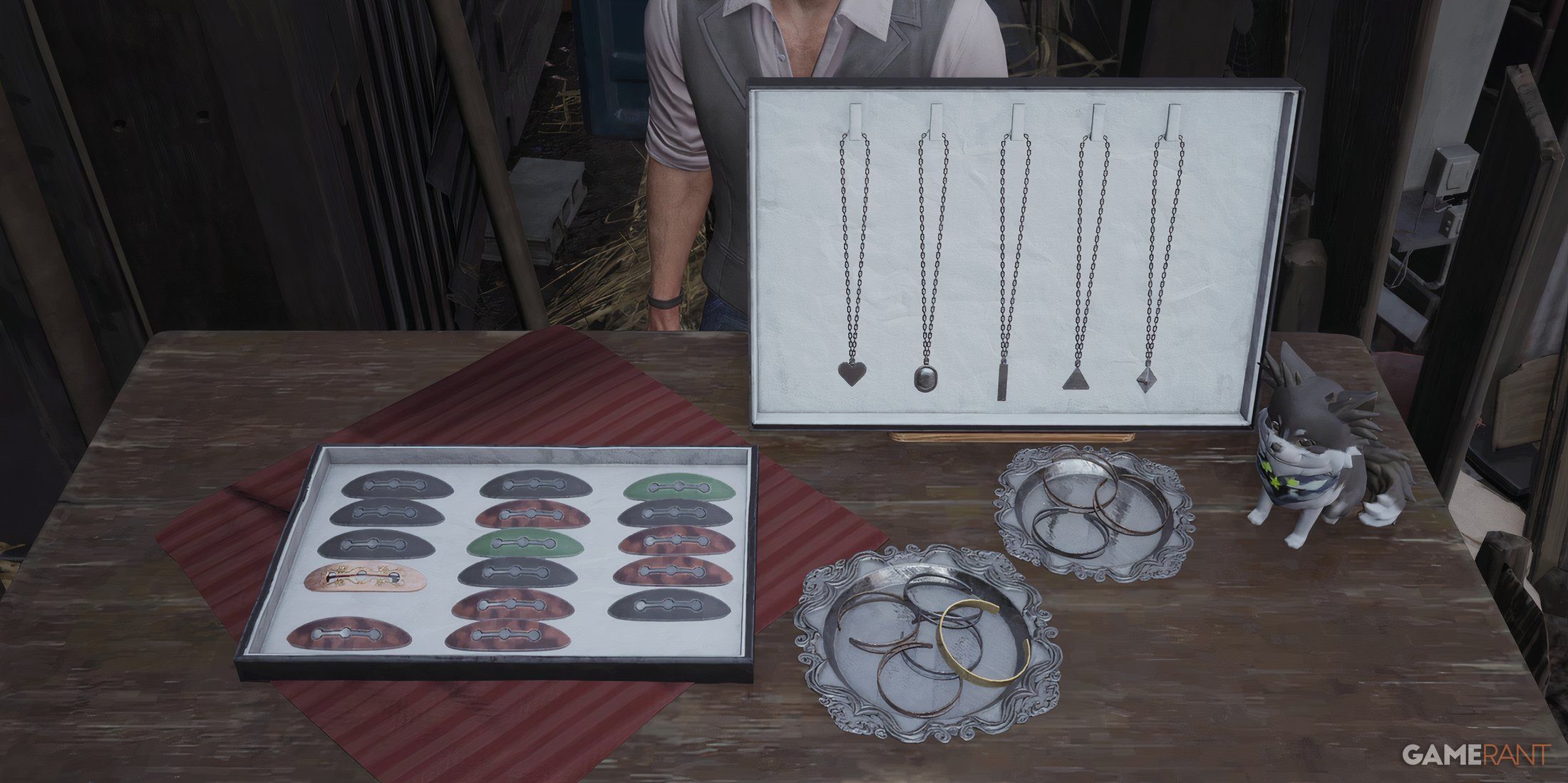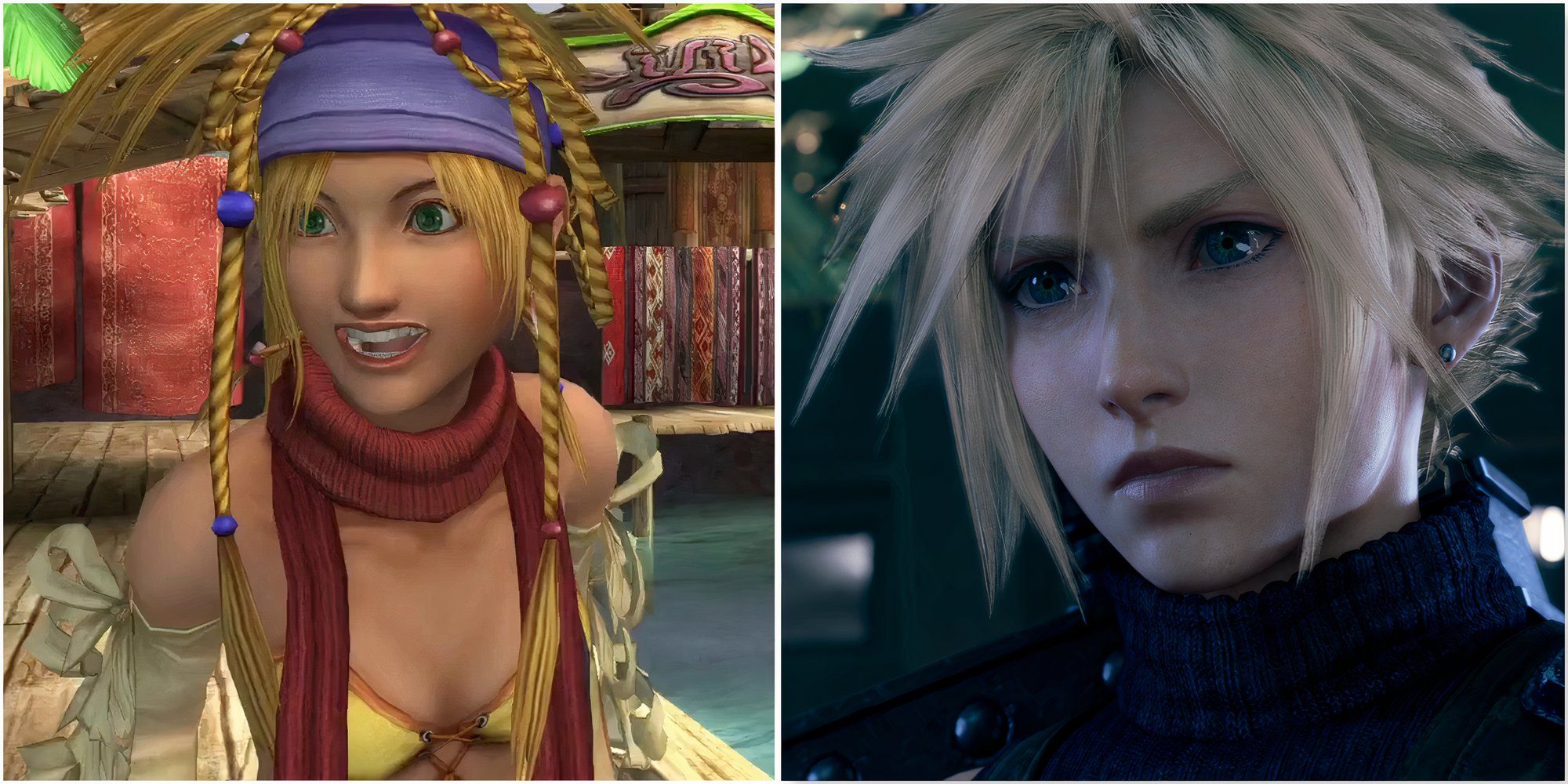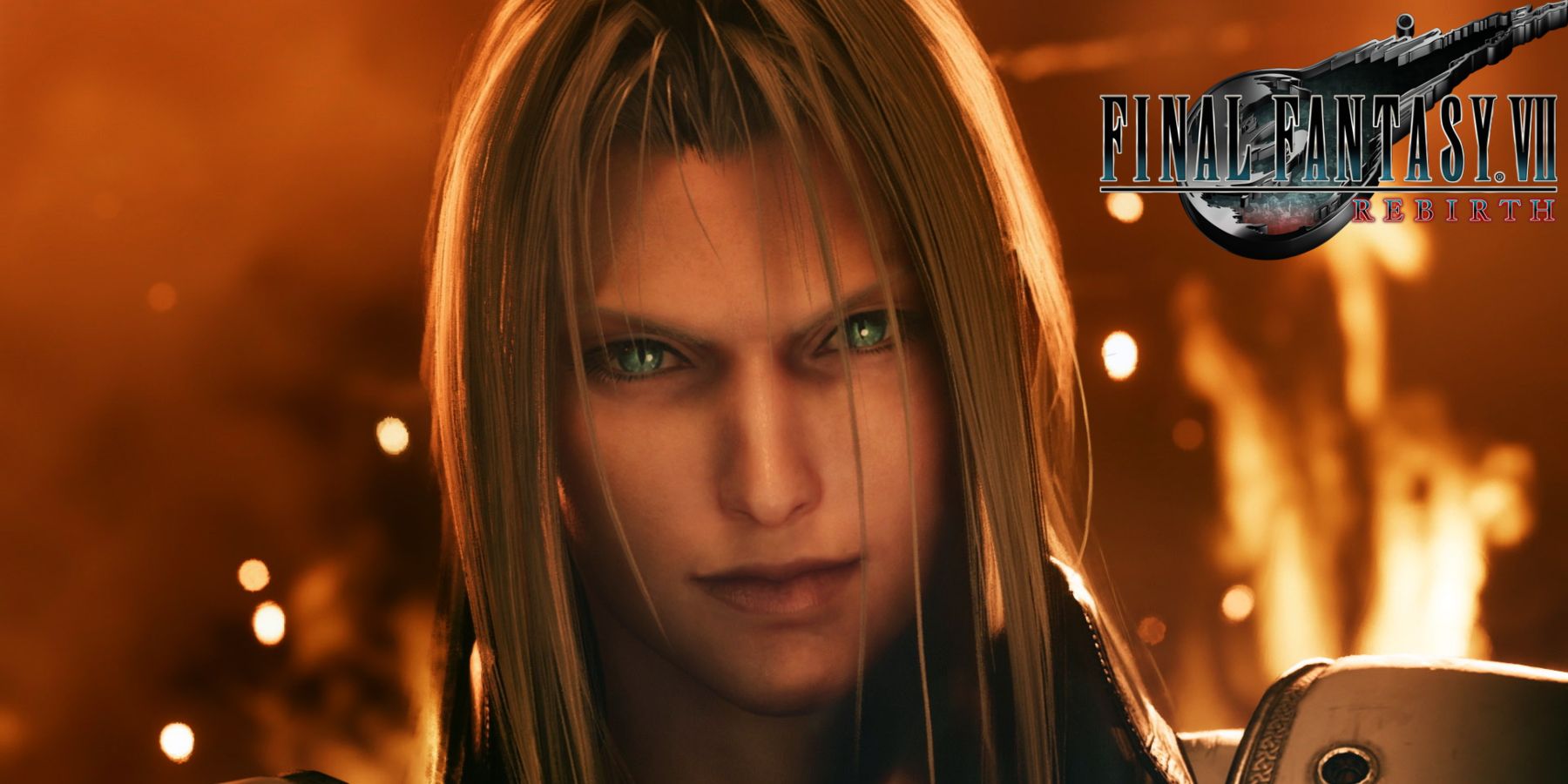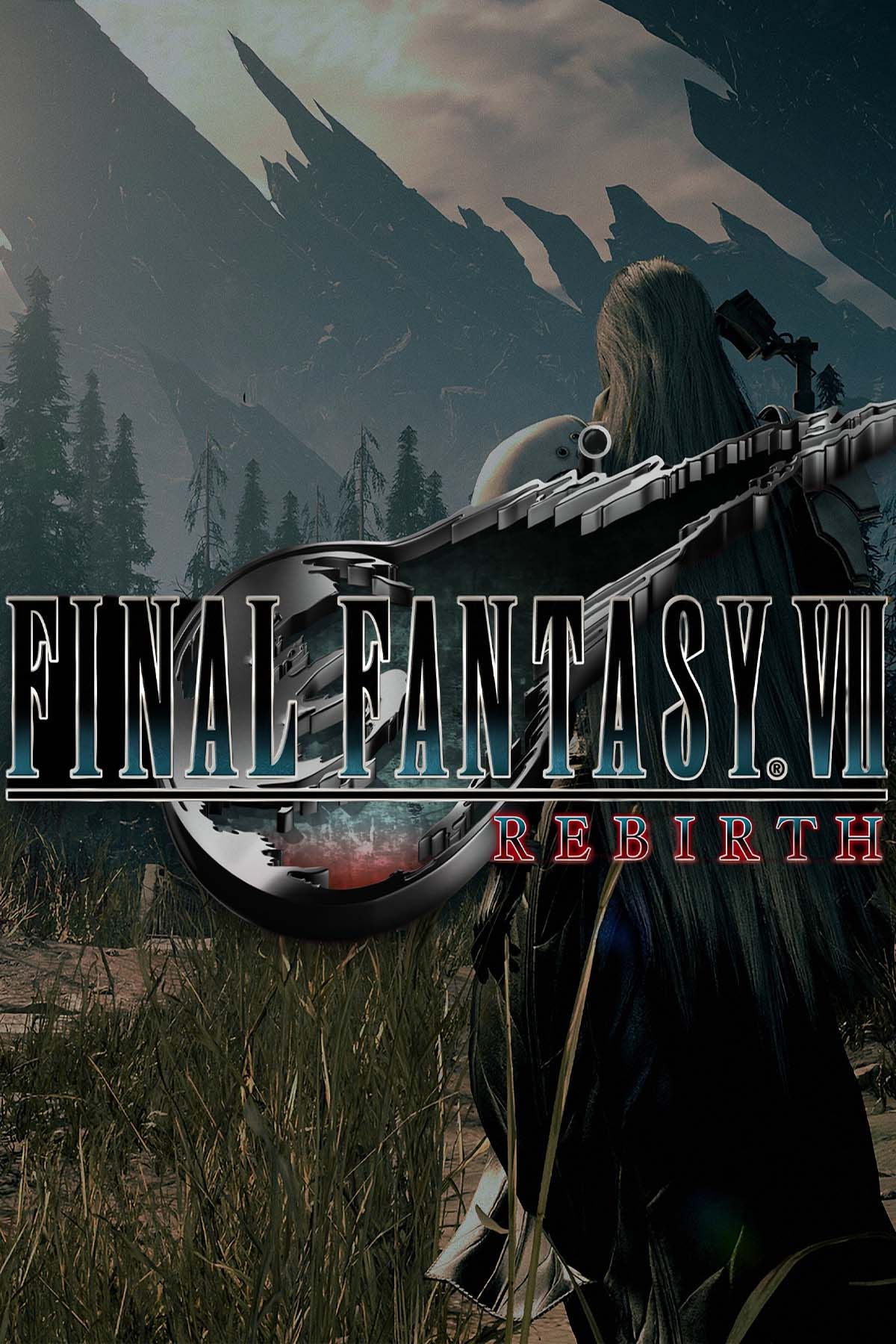This article contains MAJOR spoilers for the original 1997 Final Fantasy 7 , as well as Final Fantasy 7 Remake , and some MINOR spoilers for Final Fantasy 7 Rebirth .
Just like any good RPG, the original 1997 Final Fantasy 7 is filled with twists and turns, each one adding compellingly complex new layers to the overarching narrative. With in-depth character backstories that are slowly drip-fed over the course of the game, sudden heel-turns, villainous reveals, and major character deaths, the original Final Fantasy 7 has it all, and by proxy, so does Final Fantasy 7 Rebirth.
As its predecessor established, Final Fantasy 7 Rebirth technically takes place in an alternate timeline. After defeating the Whispers of Fate at the end of Remake, Cloud and the rest of the party set off to find and put a stop to Sephiroth and his world-ending plans, beginning a journey that closely follows the events of the original Final Fantasy 7, but makes some significant changes along the way. While Rebirth is very much its own standalone adventure, its story carries over a lot of threads from the previous entry, and that includes Cloud's mysterious visions of Sephiroth, which have a rather complex explanation, at least in the original continuity.
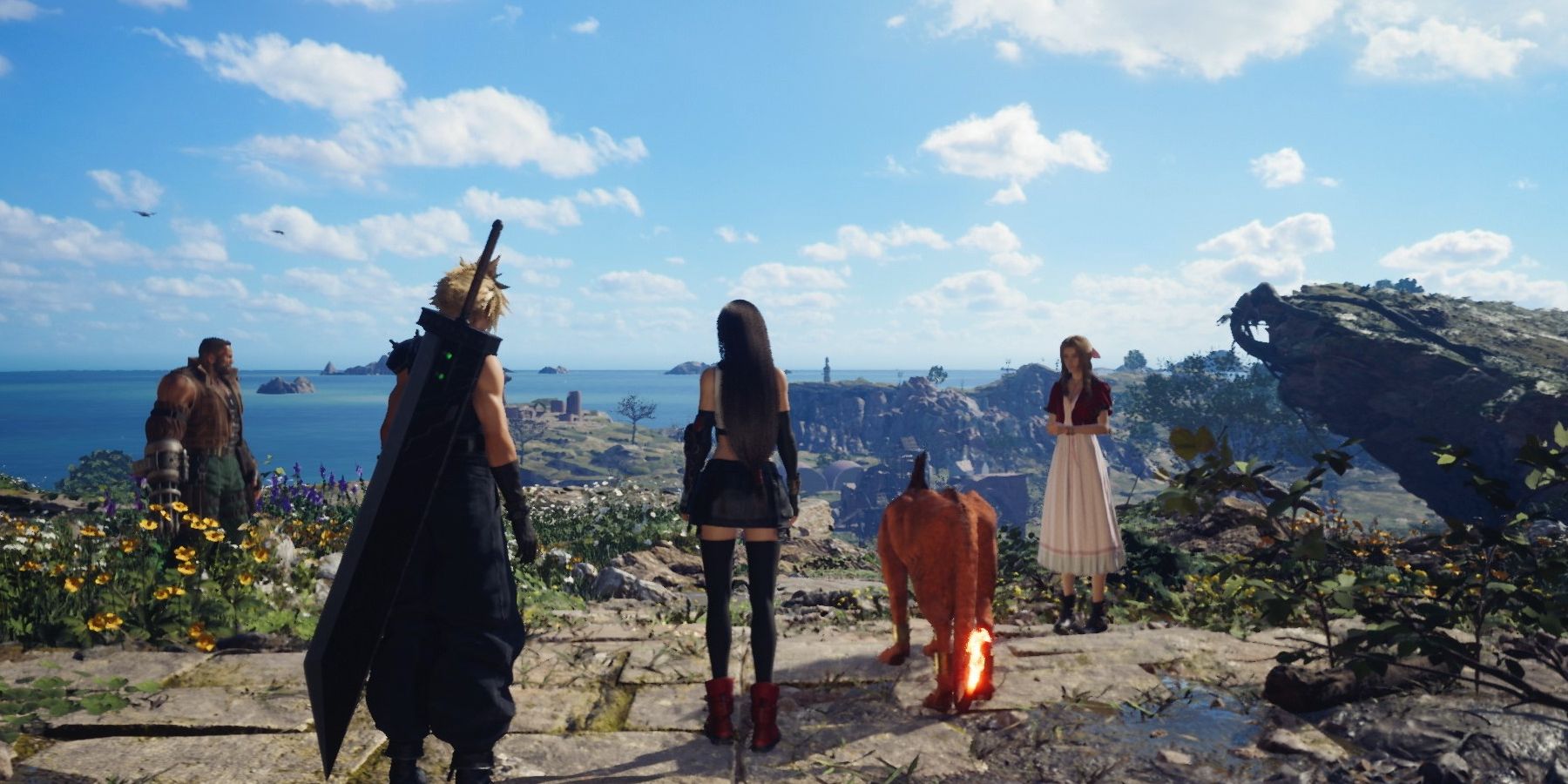
Final Fantasy 7 Rebirth's Story Mostly Plays It Safe, and That's Okay
Final Fantasy 7 Rebirth may have been advertised as a game that does a lot differently, but it's okay how much remains unchanged.
Why Cloud Sees Visions of Sephiroth in Final Fantasy 7
The Men in Black Robes Explained
Present in both the original and remake continuity, a good portion of Final Fantasy 7's early-mid-game story revolves around mysterious men in black robes, all of whom have a different number tattooed on their arms. It's eventually revealed in the original Final Fantasy 7 that these men are all the result of Professor Hojo's experiments with the cells of Jenova.
Believed to be an ancient Cetra encased in ice, Jenova was found by Shinra years before the events of Final Fantasy 7. Thinking that she could unlock humanity's full potential, Shinra began experimenting with Jenova's DNA, injecting it into a young Sephiroth. Though Jenova's cells made Sephiroth incredibly strong, they also eventually led to his sudden heel-turn during the Nibelheim incident, where he becomes convinced that, as the "son" of Jenova, it's his birthright to control the planet.
After Sephiroth's presumed death, Hojo begins injecting test subjects with Jenova's cells, but none of them yield the results he's looking for, instead simply turning the subjects into mindless husks. During the events of the original Final Fantasy 7 and Final Fantasy 7 Remake, these test subjects, often referred to as "Sephiroth clones," start to make their way out of Midgar, though one travels to Shinra's headquarters. With Jenova cells inside them, these men in black robes essentially become puppets for Sephiroth, who is using Jenova's shapeshifting abilities to appear physically wherever they are.
How The Men in Black Robes Connect to Cloud
In the original Final Fantasy 7 - and then further fleshed out in Crisis Core - Cloud and Zack Fair are kidnaped by Hojo after the Nibelheim incident, where they're experimented on for four years. These experiments include being injected with Jenova cells. With his mind already shattered from the events of Nibelheim and Zack's death, Cloud becomes particularly susceptible to the Jenova cells within his body, which allows Sephiroth to begin toying with his mind in Remake.
During the course of Final Fantasy 7 Remake, Cloud sees multiple visions of Sephiroth. While some of these are fractured memories, some are Cloud perceiving the men in black robes as Sephiroth, with him technically being linked to them all due to the Jenova cells. These visions continue, and play an even greater role in Final Fantasy 7 Rebirth's story, with Sephiroth using his influence over the men in black robes to guide them toward "Reunion."

